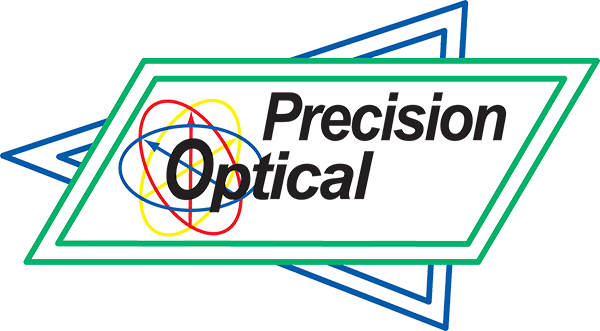Laser Damage & Durability
Laser Damage & Durability
Light generated by stimulated emissions, such as Lasers, can have very high optical intensities, especially in the NIR region of the spectrum when coupled with ultrashort laser pulses (nanoseconds or faster) generated from Q-switched lasers and ultrafast amplifiers. These ultrashort pulses have high peak intensities, and thus often produced laser induced damaged when the energy generated by the laser pulse. When these pulses come in contact with a substrate, multi-photon absorption occurs (through free carriers) into the material, and heats it up to the point of mechanical failure. This is often an issue with thin-film coatings, as ablation due to high powered ultrashort laser pulses.
In order to avoid laser induced damage, a Laser Damage Threshold (“LDT”) based on some optical intensity or fluence level needs to be specified. Laser induced damage can be mitigated through various fabrication and thin-film coating techniques. Polishing substrates to have a low surface roughness value (5 angstroms or less, typical) can reduce the likelihood of laser induced damage. In addition, coating technologies such as Ion or Plasma Assisted E-Beam Deposition or Ion-Beam Sputtering technology can greatly increase the durability of thin-film coatings.
Precision Optical’s high-level optical polishing capabilities along with its arsenal of thin-film coating technology, allows us to provide optical components and coatings that will meet the most demanding LDT requirements to pair with the highest precision optical components on the market!
